About
Impossible
to ignore
We’re an eclectic bunch, united in using creativity to build successful brands. We don’t just make creative outputs, we’re relentless in our belief that it’s the truth well told that moves people, shifts markets, and drives positive outcomes. And we do that with work that’s impossible to ignore.
Everything we do is rooted in not just what’s real, but what really matters. That’s why we’ve brought together a diverse collection of specialists, who collaborate daily to help brands get noticed.
So as a team, we’re pretty impossible to ignore too.

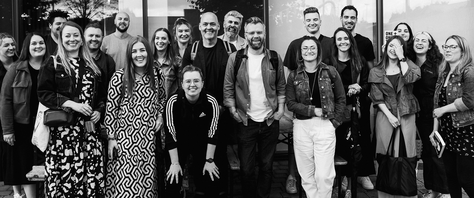
Our work
Yorkshire Water
It won't flush
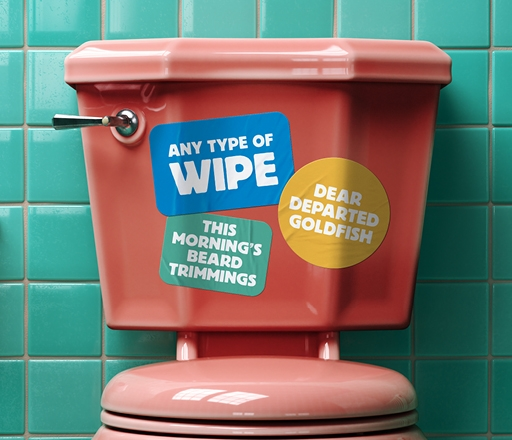
Edinburgh International Festival
Culture has no borders
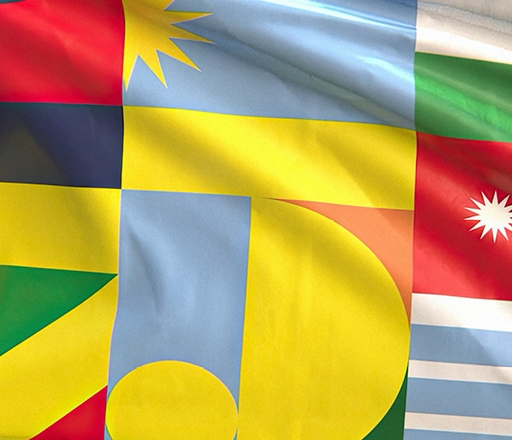
Commonwealth Games
Revealing Untold Greatness
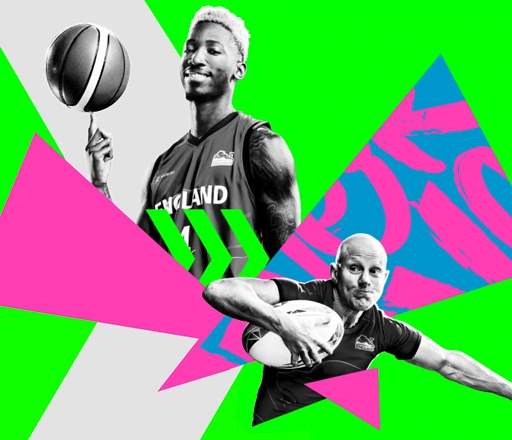
Hargreaves Lansdown
Switch your money ON

Thomas Cook
Deflatables
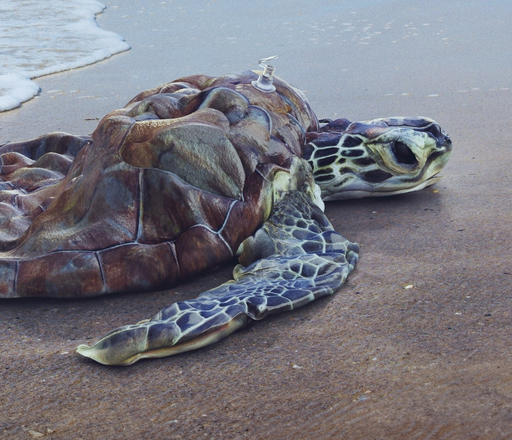
The Electoral Commission
Note to Self
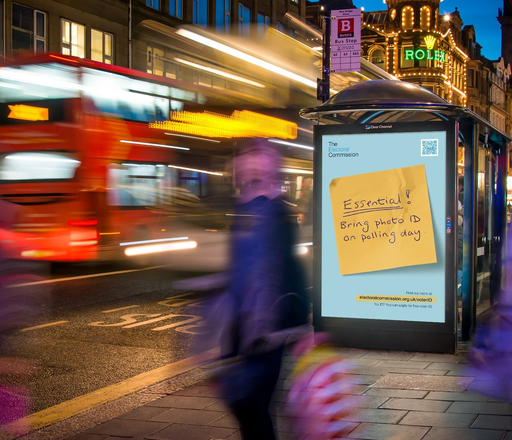
Epson
Just fill and chill
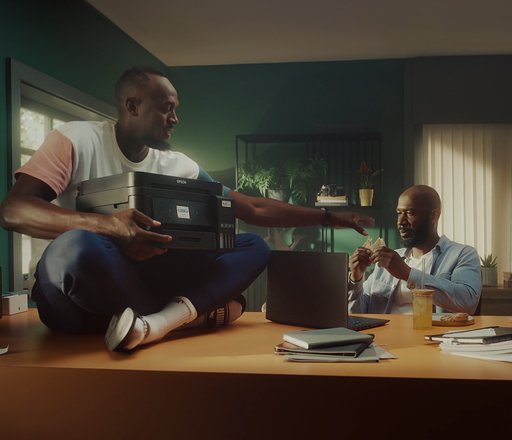
Testicular Cancer Society
Highlight Your Balls

Vodafone
Connecting the nation's network
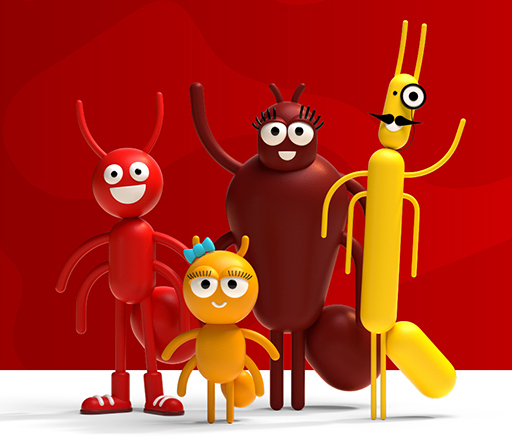

Our extended family
We’re proud to bring McCann Worldgroup to Yorkshire. A global agency which has helped the likes of L'Oréal, Mastercard, and Coca-Cola earn a meaningful role in people’s lives.
We’ve been named Effie’s Most Creatively Effective Global Network for four years in a row because we put results at the heart – and outset – of every project. And when it comes to creativity, we’ve picked up a fair few awards from D&AD and Cannes Lion along the way.